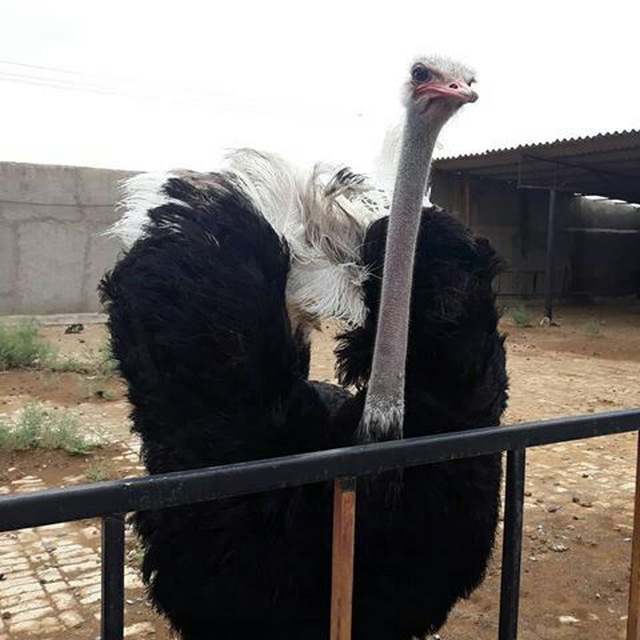Mr. Mirzaei’s opinion is absolutely correct
A sudden change in the range of feed and increasing or decreasing its components can cause problems
Considering that fresh alfalfa has a lot of water, its dry matter is less than dry alfalfa
Therefore, the risk of ostrich diet shock is relatively less in this case, but you should do this very carefully.
A few points in this regard:
1. The size of pieces of fresh hay, especially for chickens and at the beginning of feeding with fresh hay, should not be larger than the size of chopped vegetables.
2. For this purpose, it is better to use electric vegetable shredders. If it is not available, use a board and a cleaver or a sharp knife and chop the alfalfa completely
3. Do not leave the chopped hay on the feed, but after pouring it on the feed, mix it well with the feed so that it is uniform and all the chickens benefit from it in an almost equal amount.
4. Start with a low amount of fresh hay (for example, 10-50 grams per day depending on the size of the chickens) and gradually increase it.
5. To use this fodder, you must be sure that it will be available to you for a long time and in the amount you need, not for example just a few days.
6. If you have to stop it for a while, to start again, you have to start from the beginning and from the same basic value (which I mentioned above)
7. Legume family fodder (such as alfalfa, clover, spruce, etc.) have appropriate amounts of precursors of steroid hormones, which during growth accelerates growth and improves metabolism, and at puberty, increases the activity of the reproductive system and improves the reproductive performance of livestock.
However, I emphasize again that it should be used carefully and correctly
In addition, its sudden termination may be dangerous and troublesome
This post is written by Shahraeeny
